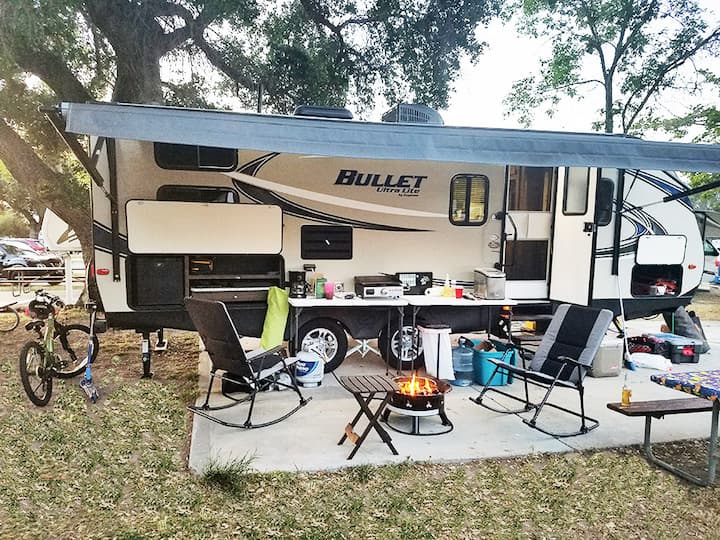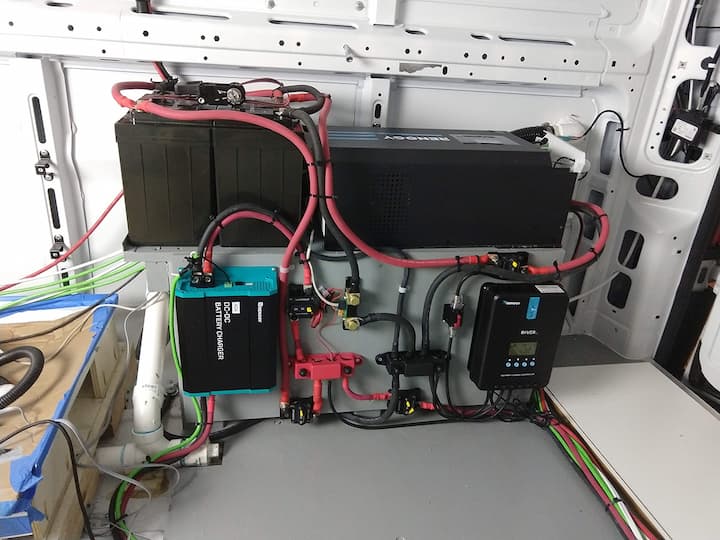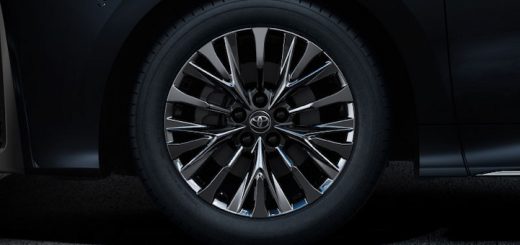A Basic Guide to RV Electricity: Everything You Need to Know
Knowing the basics of RV electrical systems is crucial for every owner. The electrical system can be very complex, and include 12V DC battery power, as well as 240V AC power. Issues are unavoidable from time to time, but most of them can easily be fixed if you have some basic understanding of the electrical RV parts and accessories. If you aren’t aware of the basics, things can get quite complicated to track down and fix. In other words – knowledge is power, and in this case, literally. That being said, let’s get to explaining the basics!
What is Electricity?

Simply put – electricity is energy. We can’t see it, making it difficult to truly understand. However, we do see its effects. In RVs, electricity plays an important role in functionality, convenience and safety. Think of it in the same manner as you think of your water system. Your RVs water system has a pressure that’s measured in PSI, and volume that’s measured in GPM. Electricity also has “pressure”, which is measured in voltage, as well as volume, which is measured in amperage.
If you want to run a sprinkler, you’ll need a specific PSI and flow rate to make it work. In order to run an electrical device, such as a lighting fixture, you’ll need a specific voltage and amperage. As the flow rate of water increases, you’ll need larger pipes to handle the flow. Conversely, as the amperage in electrical circuits increases, you’ll need larger wire gauges to handle the flow of electricity.
In order for a lightbulb to work, you’ll need to feed it some electrons. As the electrons move through the device, the energy causes it whatever the device is intended to do – cool down your RV, make a toast or motorise something. In the case of RV electrical systems, there are RV parts and accessories designed specifically for RV use.
AC vs DC
Circuits powered by batteries are always DC. Batteries always have a steady push of current. If you look at it with an oscilloscope, you’ll see a straight line going across the screen somewhere above the centre. The height of the line will vary based on the voltage.
Some generators also use DC power, but they aren’t the same. This is due to the fact that they feature an armature rotating inside with two field magnets that provide a pulse every time the armature coil goes through a field coil, and a dead spot when it’s between the field coils. If you look at it with an oscilloscope, you’ll see waves with some gaps between them.
DC current isn’t very efficient, which is why most applications use AC current which with the help of diodes is rectified into DC current.
Amps, Volts and Watts

Voltage is the force exerted upon electrons that forces them to move. As it increases, so does the ability to create power. Low voltage doesn’t have much force, which is why you can touch it and not feel it. Up that voltage quite a bit and you’ll feel it very much. Higher voltage is required to overcome the resistance in the conductors. Conductors like copper wires are great due to their low resistance, which is why they’re commonly used in electrical circuits. In most vehicles, the outlets provide 12V or 24V, while generators and sockets used to power traditional home appliances provide 240V.
Amperage is the volume, or quantity of electrons that flow through the system, which is why you need adequate wires in any electrical system. The larger the flow, the larger the wire gauge size you’ll need. This is usually represented in AWG, and as the number gets larger, the size gets smaller. For instance, a #14 wire is smaller in diameter than a #10 wire. Eventually, you’ll run into wires listed at #0, but you’ll also see wires sized #00, which are larger than #0 wires but smaller than #0000 wires. It can get more complex, but it won’t concern you, as RV wiring only goes to #0000 sizes.
Last but not least, you’ll need to consider the wattage, which is the result of multiplying volts and amps. In other words, if a lighting fixture uses 5 amps at 12V, it means it has 60 watts. Wattage is also known as “true power”, as it’s what performs the actual work. Let’s see a higher wattage application example. Let’s say there’s an air compressor with an electric motor that requires 3600W to work. If you want to plug it into a 240V outlet, you’ll need to figure out how big of a circuit you’ll need to run it. Knowing that amps times volts equal watts, you’ll simply need to divide 3600 watts by 240 volts, which equals 15 amps, meaning you’ll need a 15 amp circuit to run the compressor.







